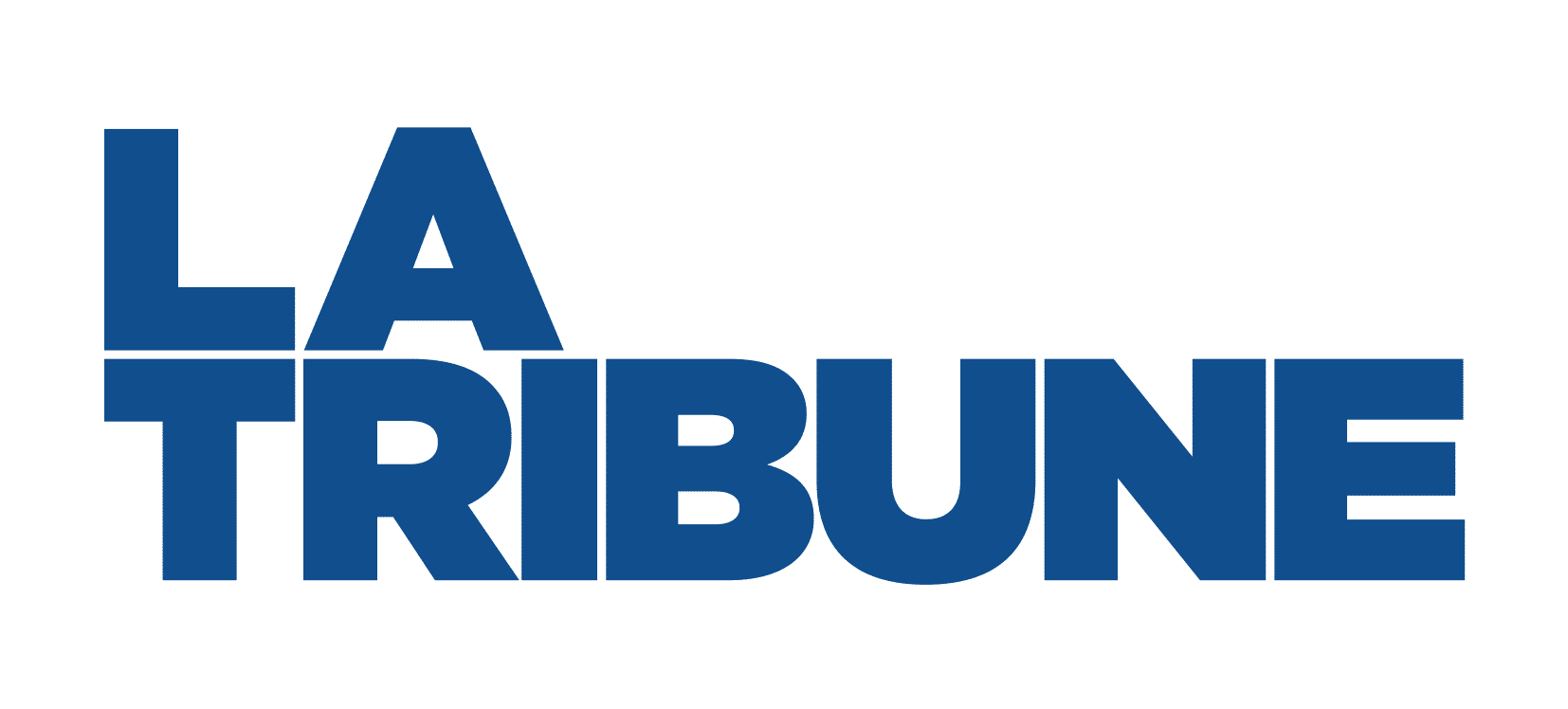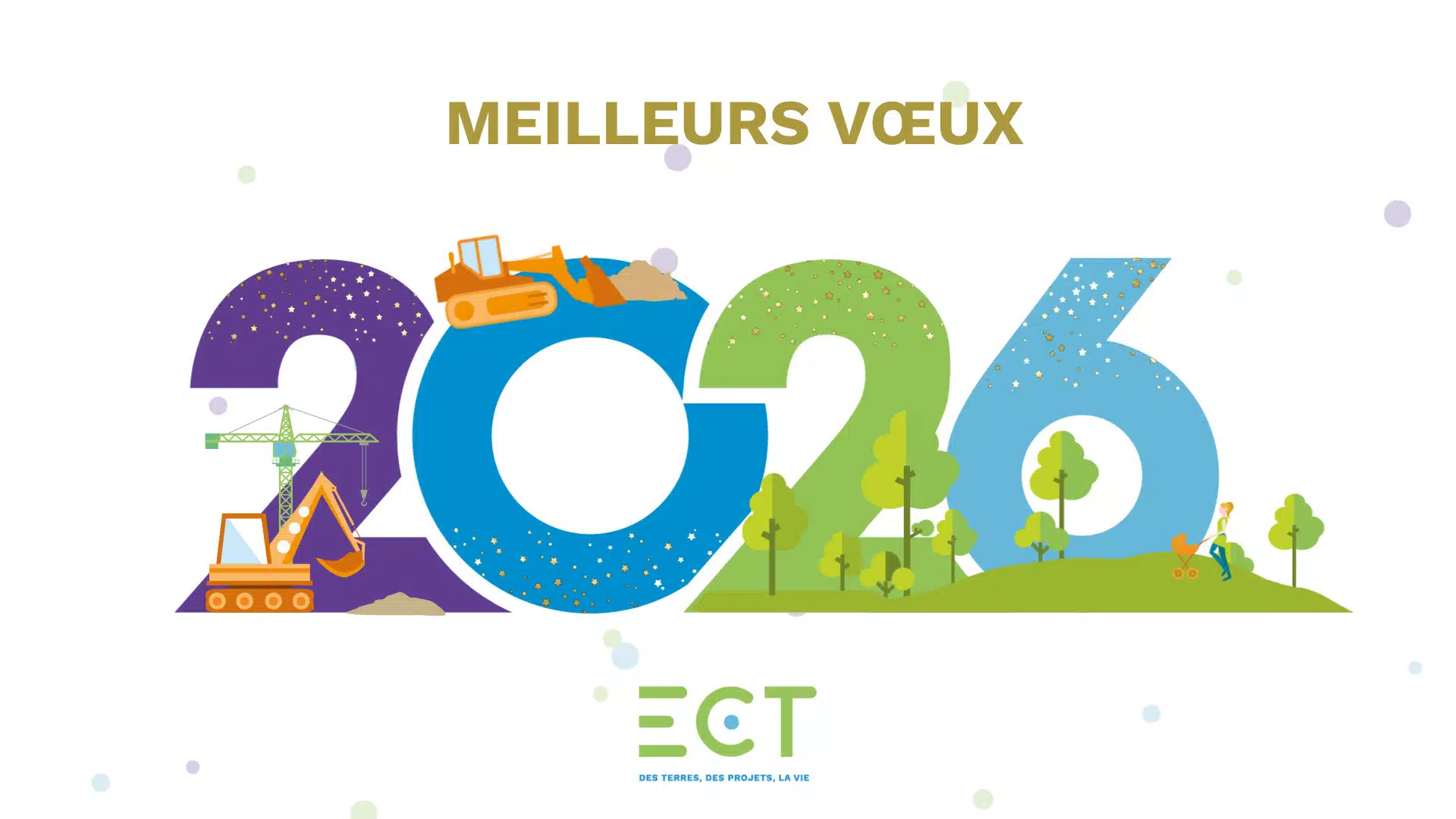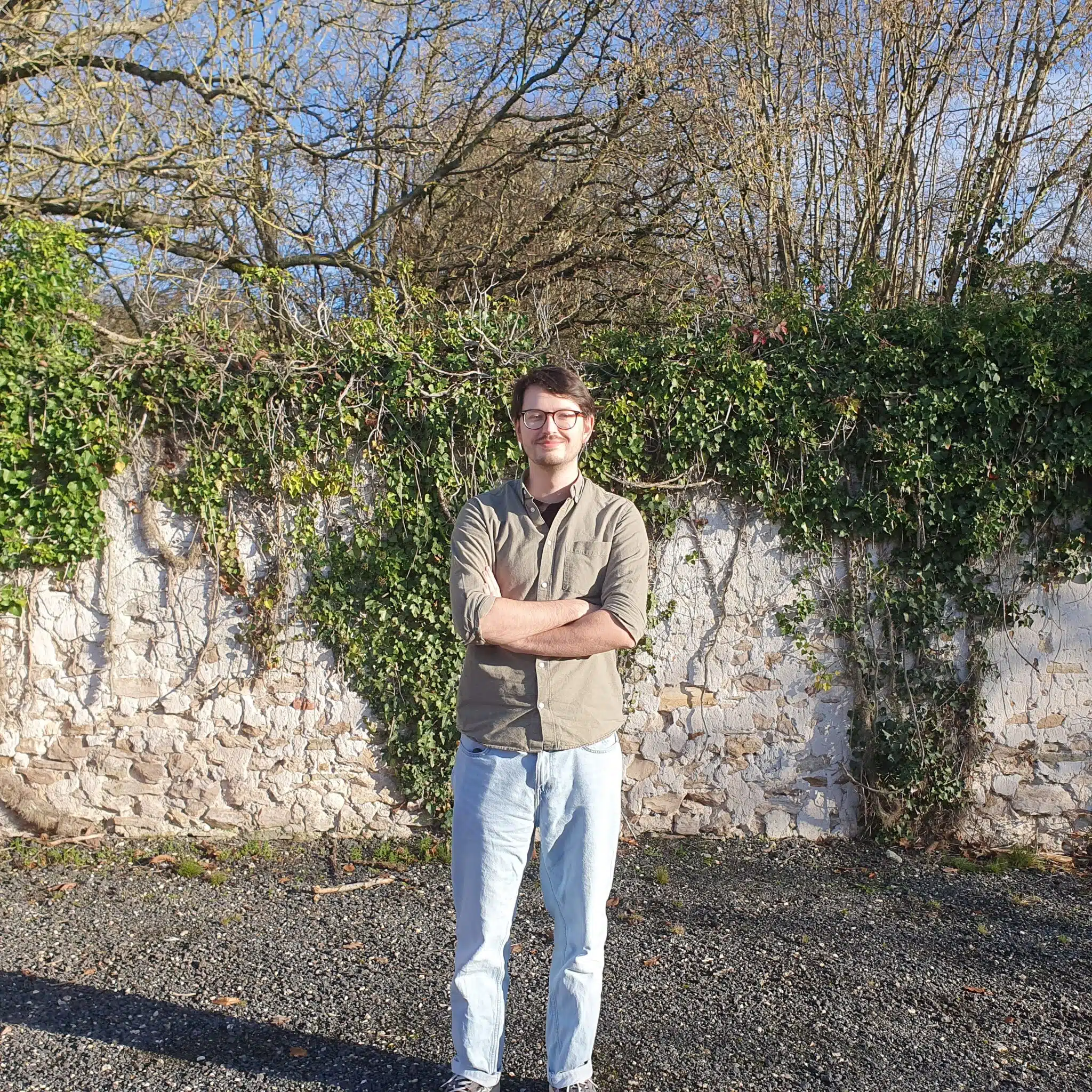[The ECT company reuses this land to transform denatured areas into urban parks or agricultural fields.
March 27, 2019, an article by Giulette Gamberini in the TRIBUNE
The enormous volumes involved make this one of the main environmental challenges of the Greater Paris project: how can the tens of millions of tonnes of excavated soil generated by the works – 40 million tonnes for the Grand Paris Express project alone – be recycled? For ECT, this challenge is above all an opportunity. Active in this field since the 1970s, it has developed a solution that goes beyond that traditionally proposed by earthworkers, which consists in reusing this soil for freeway embankments. ECT puts them to good use in regional planning. “We turn them into parks, but also into fields or woods, where there were previously denatured spaces: wastelands, sports fields, unauthorized dumps, disused quarries…
“explains company president Laurent Mogno.
ECT’s business model, which already includes dozens of projects, is based on the “waste” status that legislation now attributes to all excavated soil, including the 80% that is not polluted, but “inert”, i.e. not likely to deteriorate or react with other materials. The company’s entire revenue comes from the price paid by the construction industry to dispose of waste in compliance with regulations.
ECT detects and treats any polluted soil separately, and provides the necessary certification to meet waste traceability requirements.
At its 15 sites in the Paris region, it has the capacity to receive around 15 million tonnes of inert soil a year. In some cases, such as Villeneuve-sous-Dammartin, large embankments have even been created to accommodate several tonnes of “tunnelling soil”, which should account for half of the excavated soil for the Grand Paris Express, but which, due to its particular physical properties, requires specially adapted sites].


